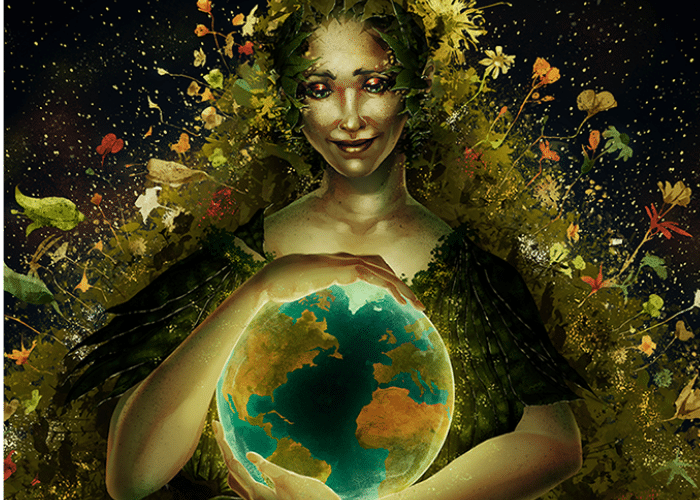Topic: The process of photosynthesis; how plants work; anatomy of a tree
Area: Science
Abstract: At the centre of EXPO 2015 international fair, there was a contemporary gigantic sculpture called “The Tree of Life”, which every hour was performing lights shows designed by 3D artists focused on the EXPO 2015 main topic “Feeding the Planet, Energy for Life”. Seemingly, the idea of human tree where participants would replace every piece of the tree executing a specific function (e.g., leaves capture sun through photosynthesis)
Learning objectives:
•Photosynthesis
•Treesgeneral anatomy
•How green life reproduces
•Ethic of sustainability
•Environmental awareness
Advisable age of students: 10– 14
Previous knowledge: None
Total duration: 30/45 min
Materials: Free room space to perform the activity; cardboard; markers/colours; string
Phase 1 Visualisation
Duration: 10/15 min
Development : Created by Marco Balich, the Tree of Life was the symbol of (not only) the Italian Pavilion at Expo 2015. Based on the topic “Feeding the Planet, Energy for Life”, the students will learn how a tree lives, how photosynthesis works, to what extent water and sun, day and night, influence its lifecycle. Moreover, the crucial role of nature for human survival on the planet. The participants will cover the space shaping two trees (roots, main trunk, branches, leaves, etc.). Two students will play the roles of seeds. The string will be long as the length of the tree; it will be painted/coloured red and blue in two opposite/specular points (like 12 and 6 clock) to show sunrise and sunset, namely when light starts and when night comes.
Phase 2 Artistic action and experimentation
Duration: 20 min
Development:
•The activity starts with light off, with a seed on the ground (one student)
•Once the water is poured (one student will simulate it with a drawing in a cardboard) the roots will grow (other students will join the seed by the downside).Then, the first piece of trunk will appear to the upper side.
•Once the first leaf appears, the trainer turns on the light. When the first leaf will join the seed, he/she will bring the string and the students will start passing the string in circle between them. The string starts circling from the leaf student that will have the red point.
•Each time the blue point passes from the hands of the last leaf added, the night starts (the light goes off) and change the rotation(clockwise during the day, and counter-clockwise during the night). At the same time, when it is night shift, the roots will absorb water (one student will simulate it with a drawing in a cardboard); when light goes on, roots stop absorbing water and the leaves start exploit sunlight (one student will simulate it with a drawing in a cardboard).
•Once the trunk and the leaves are formed, flower/fruit comes. When a complete round is completed, the fruit falls onto the ground and becomes the seed of the second tree.
•The activity goes on till the second tree is completed (or how many you need to include all the students).
Phase 3: Reflexion and debate
Duration: 10/15 min
Development: Focus group and brainstorming could be used to interact and receive feedback
Engagement – How it was for you to collaborate with your peers? Did you feel active part of the performance? What do you think was your role and how it influences the life of a tree?
Emotions – Which kind of emotions have you experienced during the different moments of the performance? Did you face any challenge during the development of the exercise?How did you overcome it?
Efficacy – Do you think the activity was well-explained?
How did you find the support of the trainer?
Did you learn something about the topic?
What would you suggest to improve the trainer approach?
And what about the activity?
Do you think the material was correctly set for the development of the exercise?
Is there any other suggestion or reflection that would you like to share?
References and links: The Tree of Life, Marco Balich


